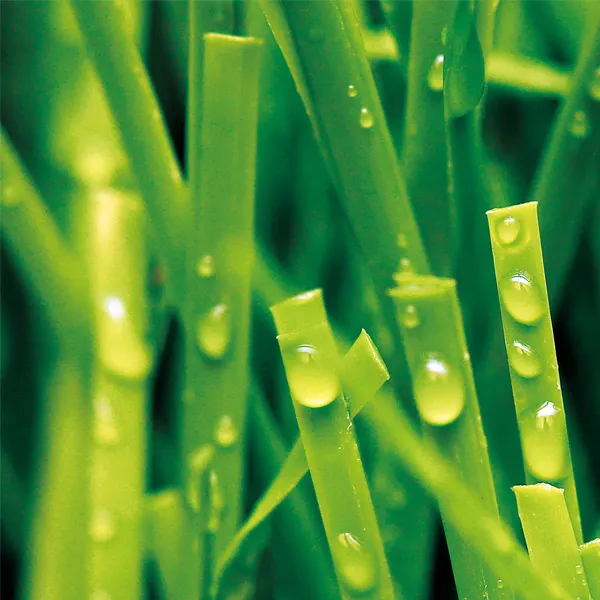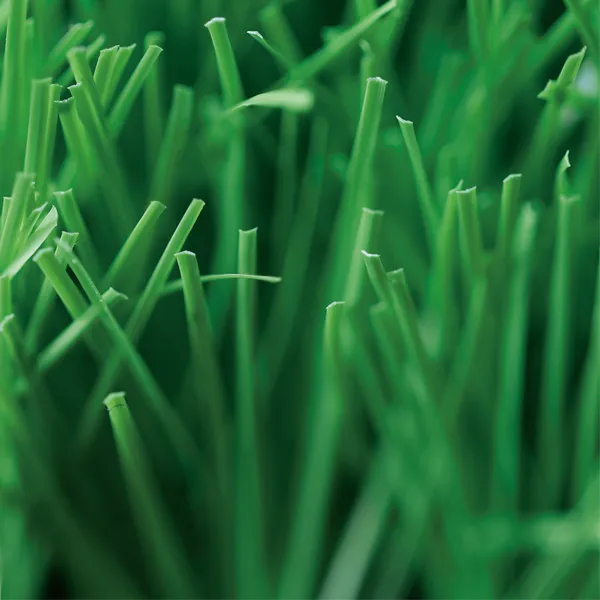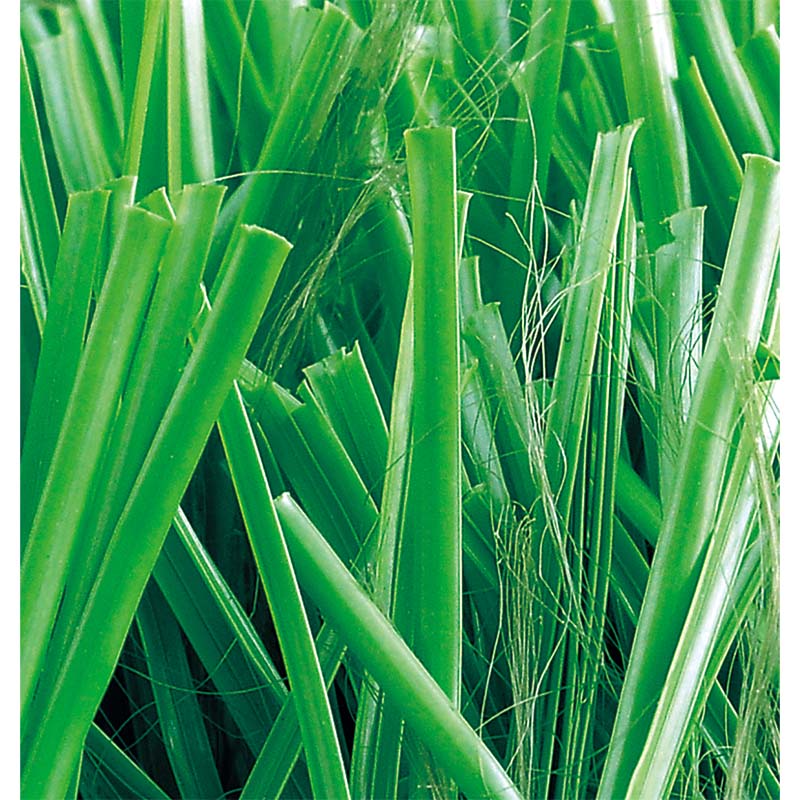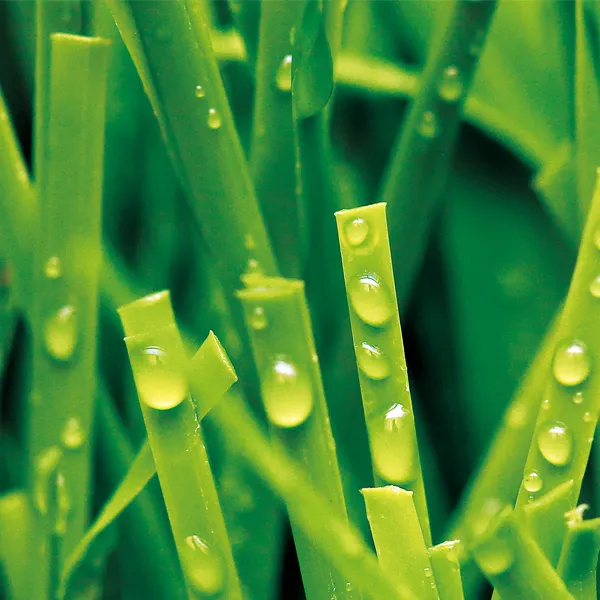Artificial Grass in Football Stadiums

The Rise of Artificial Grass in Football Stadiums
In recent years, artificial grass has become a prominent feature in football stadiums around the world. As clubs and organizations strive to provide optimal playing conditions, the advantages of synthetic turf are becoming increasingly recognized. This evolution in playing surfaces is not solely due to aesthetic reasons but is driven by practicality, sustainability, and the sheer demand for consistent performance.
One of the main benefits of artificial grass is its durability. Unlike natural grass, which can suffer from wear and tear due to heavy foot traffic, weather conditions, and maintenance challenges, synthetic turf is designed to withstand intense use. Football fields made of artificial grass can accommodate numerous games and training sessions without showing significant signs of wear. This resilience ensures that athletes can perform at their best, regardless of how many matches have been played on the pitch.
Additionally, the maintenance requirements for artificial grass are considerably lower than those for natural grass. Maintaining a natural grass pitch requires regular mowing, irrigation, fertilization, and pest control. In contrast, artificial turf only requires occasional brushing and cleaning, making it more cost-effective over time. This reduced maintenance not only saves clubs money but also allows groundskeepers to focus on other critical areas of stadium management.
artificial grass in football stadiums
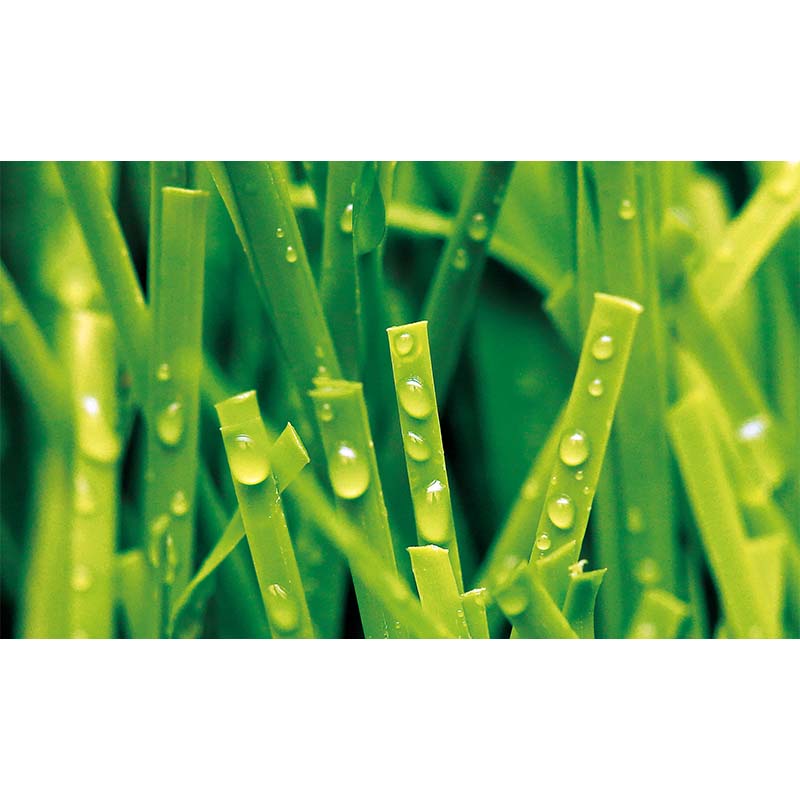
Another compelling reason for the increasing adoption of artificial grass is its performance in various weather conditions. Natural grass can become soggy and unplayable after heavy rains, leading to frustrating cancellations and rescheduled matches. Artificial turf, however, drains water efficiently, ensuring that games can proceed as scheduled. This reliability is essential for teams, especially in leagues where match schedules are tightly packed and media coverage is crucial.
From an environmental perspective, advancements in synthetic turf technology have made it more sustainable. Modern artificial grass surfaces are often made from recyclable materials, and they do not require the extensive use of pesticides or fertilizers that natural grass does. As water scarcity becomes an increasing concern globally, artificial grass presents a viable solution by significantly reducing the amount of water needed for maintenance.
Critics of artificial grass often point to the potential for injuries and the heat retention of synthetic surfaces. However, many manufacturers are addressing these issues by producing advanced materials that mimic the natural feel of grass while offering superior safety. Research continues to improve the safety aspects of synthetic turf, making it a safer option for players.
In conclusion, the rise of artificial grass in football stadiums highlights a significant shift in how the game is played and maintained. With benefits that include durability, lower maintenance, consistent performance in various conditions, environmental sustainability, and ongoing technological improvements, synthetic turf is poised to play a vital role in the future of football. As the game evolves, the integration of artificial grass may very well become the standard rather than the exception, transforming how we experience the beautiful game.
With years of expertise in artificial grass, we're dedicated to providing eco-friendly, durable, and aesthetically pleasing solutions.
Our commitment to quality and customer satisfaction shapes every blade of grass we produce,
ensuring that we not only meet, but exceed,your landscaping expectations.

